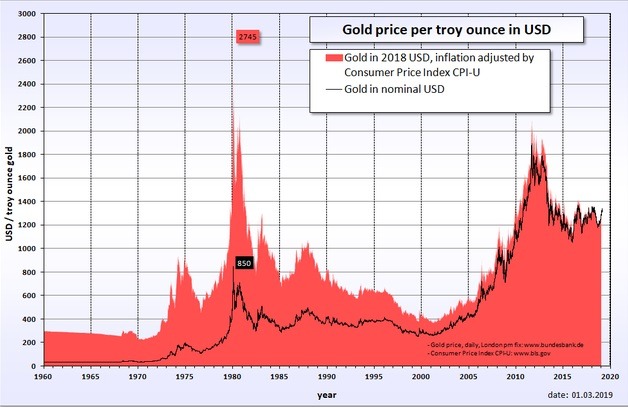Just a few months ago, a very controversial study made by Bitwise, was released to the public. The 104-page document took an in-depth look at cryptocurrency exchanges and got the crypto-community by surprise.
Throughout their research, the experienced analysts used several methods to reveal the deliberate inconsistencies linked with trading volumes.
Their findings were shocking, but not completely unexpected – Check the infographic.

Why do exchange platforms report fake volumes?
As you can see, most cryptocurrency volumes are fake. More specifically, only about 5% of the reported volume is actually real. The reason for this lack of transparency can be summarized as follows:
- Top-list exchanges are more popular – Cryptocurrency exchanges report inflated volumes to more media attention, and a better ranking. This results in them getting more new users and praise for their service.
- Top list exchanges can charge higher listing fees – Top-list cryptocurrency exchanges charge premium listing fees for new cryptocurrency projects (ICOs, IEOs, or Altcoins). The reason behind this is the expected trading activity that indicates better liquidity.
Combating fake volumes in cryptocurrency markets
In its efforts to deal with this problem, CoinMarketCap (CMC), a popular cryptocurrency and exchange tracking platform, decided to introduce a new metric.
The liquidity metric, which is present on the platform since November, allows visitors to filter different platforms based on their liquidity.
The introduction of this metric comes shortly after Carlylyne Chan, current CEO of CoinMarketCap, announced the platform’s willingness to improve its platform based on Bitwise’s findings. Filtering cryptocurrency exchanges by their liquidity, helps get rid of misinformation created by such “unethical” platforms.
Overall, even though the findings of Bitwise were negative at the time of their release, they ultimately led to more transparency in the cryptocurrency world.
Regulatory framework of cryptocurrency markets
From the 10 platforms that, according to Bitwise, reported real trading volumes, 6 are US-based and possess a BitLicence.
This license, which is issued by the New York State Department of Financial Services (NYSDFS), allows them to operate legally abiding by the rules and regulations of the country. The only platform (from the same pool) that is not registered as a money service business is Binance.
All in all, regulatory oversight has increased since the latest bull market. In 2020, the Trump administration’s budget proposal plans to expand cryptocurrency oversight. This news may be seen as a relative threat by some users, since cryptocurrency is primarily meant to be a private means of value exchange.
However, it is important to understand that governmental safety measures will also improve the reliability and transparency of cryptocurrency platforms.
No longer the “wild wild West”
At the peak of the latest market cycle, Bitcoin’s nearly reached $20.000 per coin. The price rally was mainly fueled by new, inexperienced investors who hoped to make a quick profit. These users were quickly met with the reality of investing, as the price dropped almost 85% in the following months.
However, since 2018, the crypto market has matured, and improvements are being made in almost every subsector. The term “BUIDL” has become the slogan of legit crypto companies, and crypto is now more popular than it has ever been in the past.
And sure, consumers are still fairly hesitant to invest, especially when considering the recent economic collapse fueled by COVID19.
However, institutional funds, governments, and countries are more involved than previously, trying to find ways to make better use of the blockchain and create state-backed digital currencies. Bitwise’s report confirms this statement too. The document indicates that the Bitcoin network is now stronger than ever.
One of the ways this can be seen is through the decreasing deviation of Bitcoin’s price in the exchanges that report real volumes. As a result, arbitrage trading is diminishing and no longer preferred.
Closing thoughts
While fake volume incidents are no longer as big of an issue as they used to be, they are still prevalent in the crypto markets.
However, buying Bitcoin is no longer seen as a practice reserved for the few, and makes it a great long-term investment.
In situations of geopolitical and economic uncertainty, the popular cryptocurrency, as well as the structure of the markets, have proven to be resilient and able to pull through.
In time, CoinMarketCap and other crypto tracking websites will improve their offering, showing more transparent metrics to their users.
While exchange platforms and Bitcoin still have a lot of room for growth, the structure of the market is a lot better than it was just a few years ago. And we’re confident that this trend will continue in the future.
loading...
loading...

